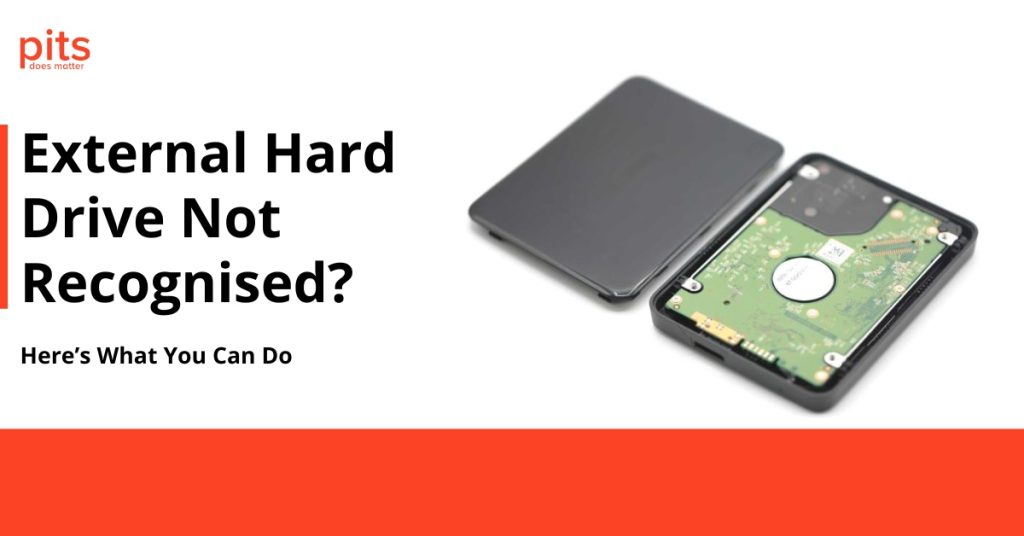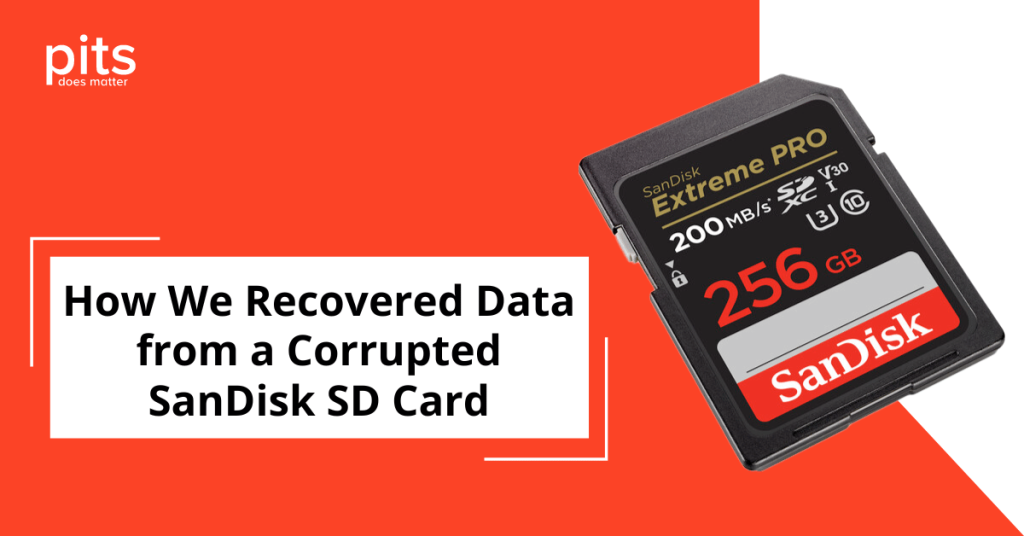In the contemporary digital era, where a substantial amount of our personal and professional data finds storage, the security of our devices has attained paramount significance. Among the most widely adopted devices for data retention, the flash memory card claims considerable popularity. Owing to their diminutive size and vast storage capacity, these cards serve a multitude of gadgets, encompassing digital cameras, smartphones, and GPS navigators. Nevertheless, this convenience coexists with the peril of data loss or pilferage. In this blog post, we shall elucidate flash memory card security and explore means to safeguard your data while on the move.
Definition of a Flash Memory Card
Flash memory cards, characterised by their small, lightweight, and exceedingly portable nature, prove optimal for a diverse range of digital devices. Commonly employed in technologically mobile gadgets such as digital cameras, smartphones, and tablets, these cards exist in multiple sizes and formats, notably SD, microSD, and CF cards. They utilise solid-state memory technology, devoid of any moving components, rendering them less susceptible to physical impairment.
Flash memory cards enjoy widespread popularity as a storage medium for digital data due to their durability and reliability. They boast the capacity to endure physical shocks, extreme temperatures, and humidity, rendering them eminently suitable for deployment in harsh environments. Additionally, their swift data transfer rates facilitate the prompt exchange of large files between devices. Another noteworthy attribute is their high energy efficiency, consuming minimal power during operation.
Functionality and Utilisation of Flash Memory Cards
Flash memory cards are purposefully engineered to provide a user-friendly and straightforward experience. Utilising a flash memory card involves a simple process. Firstly, you need to insert the card into the desired device. This can be achieved by inserting the card into the appropriate slot on your device, such as the SD card slot on a digital camera or the microSD card slot on a smartphone.
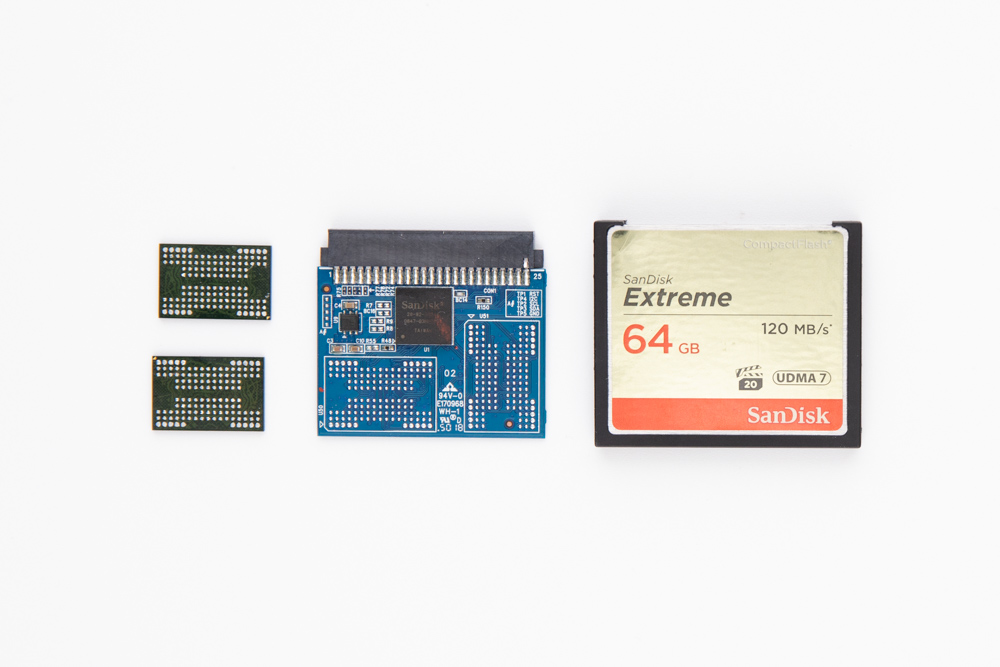
Once successfully inserted, the flash memory card is primed for data storage and transfer. To save data onto the card, you can effortlessly drag and drop files from your computer or another compatible device onto the card. Conversely, when seeking to extract data from the card, you can connect it to your computer using a card reader and copy the files onto your computer’s hard drive.
It is imperative to acknowledge that diverse types of flash memory cards boast varying capacities and write speeds. For instance, SDXC cards are equipped with extended capacities reaching up to 2 terabytes, while microSDHC and microSDXC cards offer smaller capacities tailored for use in smartphones and other portable devices.
Furthermore, certain cards exhibit accelerated write speeds, a crucial aspect for professional photographers and videographers necessitating the swift transfer of large files.
To fully optimise your flash memory card’s capabilities, it is essential to employ a card reader that is compatible with your specific card format. Additionally, the correct procedure of ejecting the card from your device before removal should be diligently observed. Moreover, it is prudent to undertake regular data backups to a secure location, guarding against potential data loss or corruption.
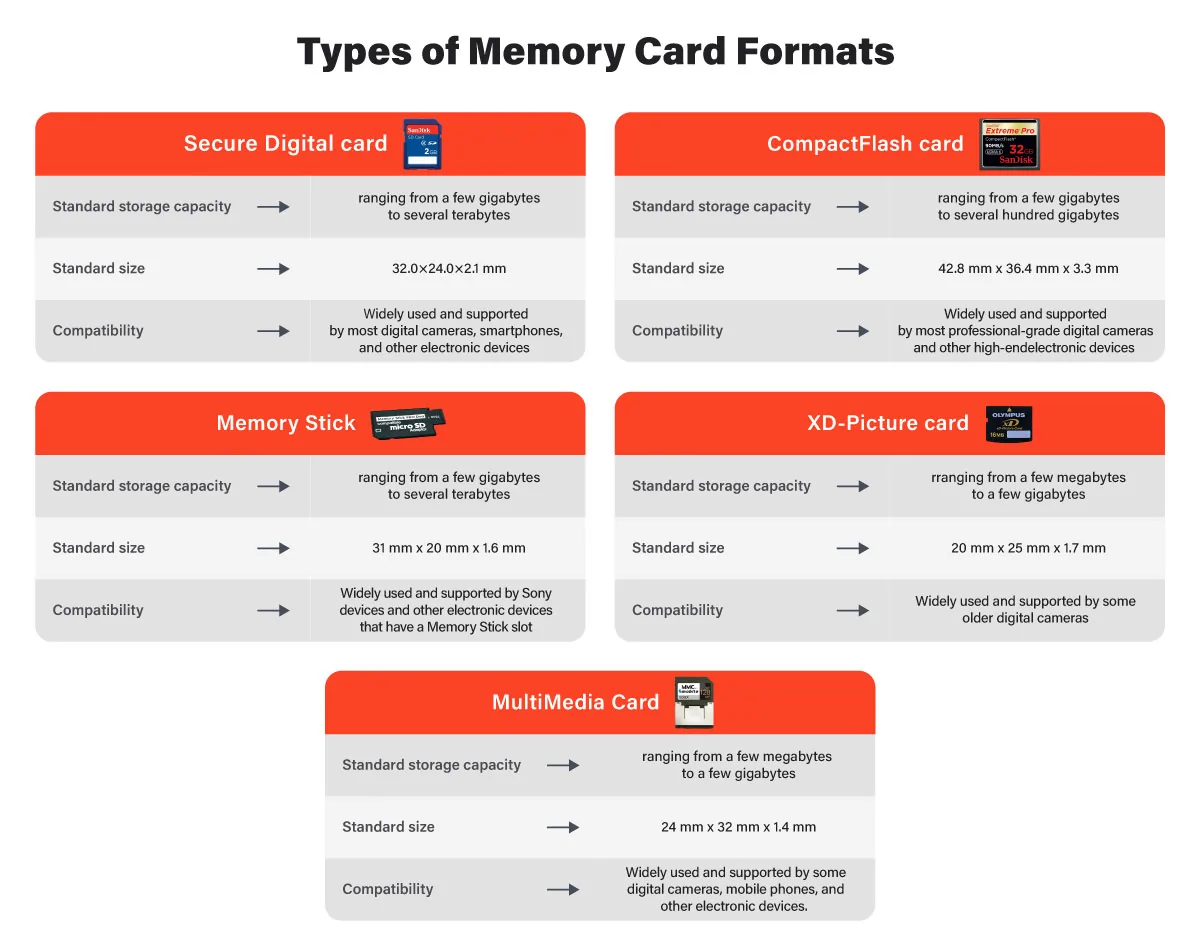
Various Formats of Memory Cards
SD (Secure Digital) Card: The SD cards are available in three distinct formats – SD, SDHC (Secure Digital High Capacity), and SDXC (Secure Digital eXtended Capacity). The original SD card format accommodates storage of up to 2GB, whereas SDHC offers a capacity of up to 32GB, and SDXC can extend up to 2TB.
microSD Card: microSD cards are diminutive versions of SD cards and find common usage in smartphones, tablets, and other mobile devices. These cards are obtainable in SDHC and SDXC formats, boasting storage capacities ranging from 2GB to 1TB.
CF (CompactFlash) Card: CF cards, larger than SD cards, are prevalent in digital cameras, video cameras, and other professional equipment. Available in Type I and Type II formats, their storage capacities span from 512MB to 128GB.
Memory Stick: Developed exclusively by Sony for their electronic devices, Memory Stick encompasses several types, such as Memory Stick PRO, Memory Stick Duo, and Memory Stick Micro, featuring storage capacities ranging from 128MB to 64GB.
xD-Picture Card: A format jointly developed by Fujifilm and Olympus for their digital cameras, xD-Picture Cards are available in capacities ranging from 16MB to 2GB.
MultiMediaCard (MMC): Conforming to the standard format devised by the MultiMediaCard Association, MMCs are accessible in capacities varying from 128MB to 4GB.
SmartMedia Card: SmartMedia cards, an older format, were commonly employed in digital cameras and other electronic devices, encompassing capacities from 2MB to 128MB.
Ensuring Data Security While Mobile
Preserving the integrity of data on a flash memory card demands the utilisation of secure devices and the observance of cautious practices during card handling. To this end, the following guidelines are provided to safeguard your data effectively:
- Employ a robust password to shield your data stored on the card.
- Store the memory card in a secure location when not in use, preferably within a protective case.
- For devices engaged in recording high-definition videos or capturing images in burst mode, opt for a high-speed card.
- Exercise caution when using the card in public areas where the risk of theft is higher.
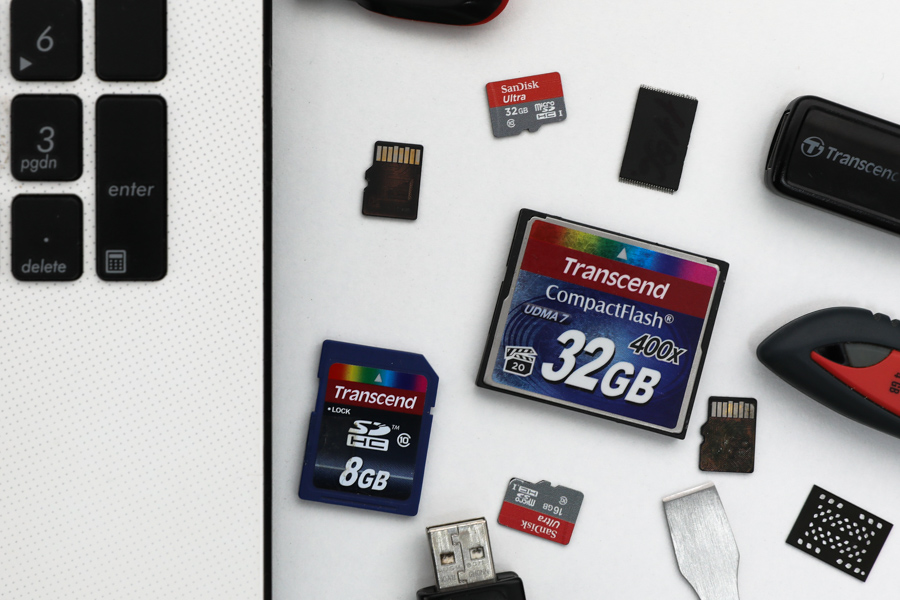
- Ensure proper ejection of the card from the device to mitigate the potential for data corruption before removal.
- Regularly back up your data to a secure destination, such as a computer or cloud storage service.
- Use a reputable card reader to facilitate data transfer to your computer.
- Avoid exposing the card to extreme temperatures, as this may lead to damage to the memory cells.
- If data loss or corruption is suspected, promptly cease card usage and promptly seek the assistance of professional data recovery services.
Flash Memory Card Data Retrieval with PITS
At PITS Global Data Recovery Services, we are unwavering in our commitment to delivering unparalleled data recovery solutions tailored to an array of storage devices, encompassing flash storage media. Our specialised services are meticulously designed to salvage data from impaired or corrupted flash memory devices, including USB flash drives, memory cards, and solid-state drives.
Comprising a team of highly skilled professionals well-versed in the latest tools and techniques, we adeptly address an extensive spectrum of data loss scenarios. We acknowledge the distress and anxiety associated with data loss, prompting us to operate with utmost efficiency to promptly restore your valuable data.
Be it inadvertent file deletions, system crashes, or instances of physical damage to your flash memory device, our experts possess the acumen and proficiency to effectuate data recovery. Our prowess extends to retrieving valuable files, even in the face of the most intricate cases of data loss.
Advantages of Engaging Our Services:
24/7 Emergency Service Availability
So if you're facing a data loss situation, don't hesitate to contact us. Our 24/7 data recovery services are available 365 days a year. Let us help you recover your precious data today.
Certified Data Recovery Laboratories
So if you're facing a data loss situation, look no further. With our certified data recovery labs and 99% success rate, we are confident that we can recover your precious data and get you back on track.
Data Recovery Services Worldwide
PITS is a leading global recovery service provider specializing in retrieving data from various storage devices. With a widespread network of locations, we offer reliable solutions to clients worldwide.
ISO Certified Class 10 Cleanroom
Our engineers work in a controlled environment to ensure the safety of your device. We recover data in ISO Certified Class 10 Cleanroom and achieve high results.
Risk-free Evaluation and Assessment
We start the process with a risk-free evaluation. Our technicians estimate the reasons for data loss and the level of damage. We select the most suitable strategy.
100% Customer Satisfaction Rate
With years in the data recovery industry, our company supports the highest customer satisfaction rate. We do everything to provide a positive experience for our clients.
To initiate the data recovery procedure, our proficient engineers shall conduct a comprehensive and secure assessment of your device, enabling them to formulate an optimal recovery strategy. Following the completion of the assessment, we shall furnish you with an elaborate report outlining the present condition of your device.
Should you encounter data loss on a flash memory device, do not delay; reach out to our dedicated recovery team without hesitation. We provide bespoke data recovery solutions tailored precisely to your specific needs.
We’re Here to Help
Our experienced team is committed to helping you recover your critical data. No matter the situation, we work diligently to ensure the best possible outcome. Take action now and let us restore what’s important to you.
Start Recovery Process
"*" indicates required fields
